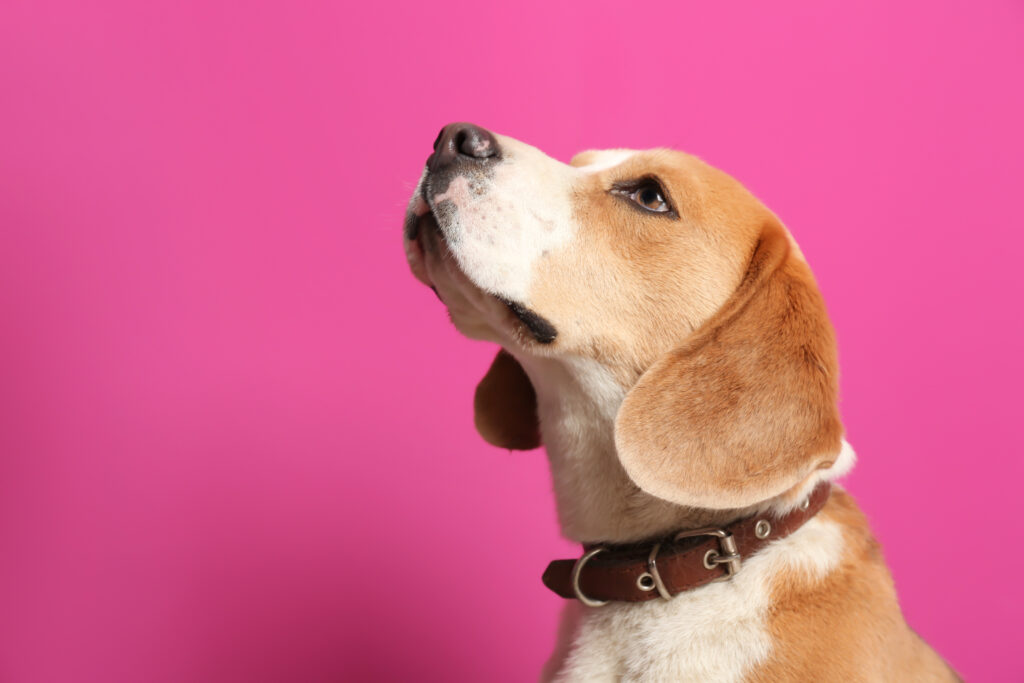
Feeding A Raw Diet Safely
Feeding A Raw Diet Safely
One of the main concerns of feeding a raw diet safely, is the risk of germs, and in so many cases people give the wrong advise and information, the main concern and question asked, “Is my family at risk from bacteria from raw meat” ?
The fact is that there are as many pathogens found on kibble as there is with a raw food diet, the only difference is that with one of these diets your dog will thrive and particularly if done correctly and if the body isn’t burdened with unnecessary toxins won’t cost you a fortune in vets bills!
This myth has now been touted for some time, it has driven people to feed synthetic foods and has been pushed more recently by media companies, due to the fact that raw feeding is growing and the commercialised pet industry is panicking.
The reason raw feeding is growing so quickly is because people are seeing that their dogs are much healthier, and in most cases where long term health issues have been occurring, with months and even years in some cases of repeat vets visits with ineffective treatments, then after switching to a Raw Food diet these issues are improved considerably.
They use the fear of bacteria in many cases to help sell products and control people’s decisions, but this is a myth made possible by our society’s pathological fear of bacteria. Of the millions of bacteria on this earth, it is estimated that less than 1% are harmful. Media and society as a whole have played up bacteria, painting it as an evil nemesis that must be stomped out with disinfectants, antibacterial everything, and unnecessary vaccination.
Raw diet critics tout this myth as a main reason for not feeding raw. Yes, there is bacteria in raw meat. Yes, this bacteria can harm you. Yes, this bacteria is sometimes shed in dogs’ faeces, but this is also the case with synthetic kibble and tinned “foods”.
So if a raw-fed dog licks you, are you going to get sick?
I suppose all things are possible, but on the whole: no, you will not get sick. This bacteria does not persist in the mouth of a raw-fed canine. Canine saliva contains lysozyme, an enzyme that lyses and destroys bacteria, but more importantly, the absence of plaque means the dog’s mouth is no longer a hospitable place for bacteria to inhabit. A kibble-fed dog’s mouth, however, provides the perfect environment for bacteria growth.
People proclaiming this “serious health risk” claim seem to think people are incapable of a) properly feeding their dogs and b) cleaning up after themselves. Use good hygiene practices: clean countertops and utensils used to feed dogs and wash your hands thoroughly after being in contact with the food.
We can also use common sense and take food out of the question and ask “what if my dog licks my face after they have been for a walk” sniffing everywhere, with their face in other dogs pee and faeces!!
There is no real need to be concerned, if you follow these simple instructions every time you feed your pet, it will prevent any issues.